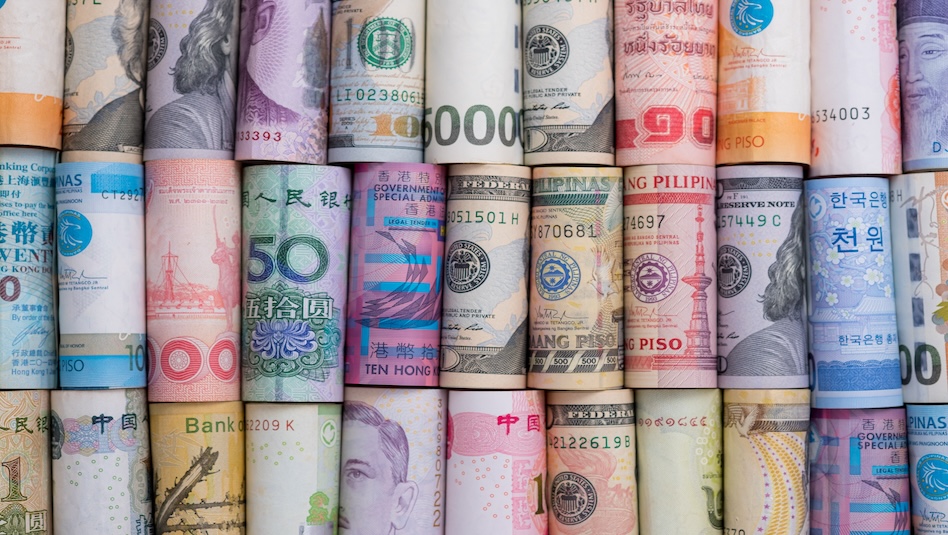




Quarterly Economic Growth Release: More BSP cuts to come
 DOWNLOAD
DOWNLOAD

Monthly Economic Update: Fed catches up
 DOWNLOAD
DOWNLOAD

Inflation Update: Steady and mellow
 DOWNLOAD
DOWNLOAD


Yen remains under pressure after Japan election

NEW YORK – The yen hit three-month lows against the dollar on Monday, remaining under pressure as an election loss by Japan’s ruling coalition raises political and monetary policy uncertainty, while the US dollar headed for its biggest monthly gain since April 2022.
The dollar rose by as much as 1% to a high of 153.88, the yen’s weakest level since late July. The yen was last down about 0.7% on the dollar at 153.34, bringing the decline in October to 6.4%, the largest of any G10 currency.
“The yen has been the most volatile major currency this year, and a surprise election result has added to this uncertainty around monetary policy and fiscal policy going forward,” said Adam Button, chief currency analyst, ForexLive, Toronto.
“Once again, the reaction is to sell a bit of the yen. It is fresh in the mind of investors how the LDP leadership election caused the volatility to quickly unwound. So, it’s a difficult one to take a side on.”
A period of wrangling to secure a coalition is likely after Japan’s Liberal Democratic Party and its junior partner Komeito won 215 lower house seats to fall short of the 233 majority.
Traders said the vote would likely result in a government without the political capital to preside over rising rates and could usher in another era of revolving-door leadership.
Shigeru Ishiba was Japan’s fourth prime minister in a little over four years, and further instability was widely expected to breed caution at the central bank, which meets to set rates this week.
Analysts at BNY said the next immediate target for dollar/yen would be 155 with 160 a likely line in the sand that would draw intervention from the finance ministry.
Dollar gains
Elsewhere, the dollar headed for its largest monthly rise in two and a half years against a basket of major currencies, driven by signs of strength in the US economy. Bets on Donald Trump winning the presidency have also lifted US yields in anticipation of policies that could delay interest rate cuts.
The U.S. dollar index has climbed 3.6% to 104.46 during October, its sharpest monthly rise since April 2022. It eased down 0.07% to 104.31.
Most analysts argued that markets are increasingly pricing in a Republican sweep, with Trump winning the presidency and his party controlling both chambers of Congress.
The euro, meanwhile, rose 0.15% to USD 1.0813, but was still down nearly 3% on the month.
Analysts said the single currency could drop further if the US enacts a global baseline tariff, in addition to higher duties on China, and other countries retaliate. Much of the move would come from higher US policy rates in response to the inflationary impact of tariffs.
Traders are also upping their bets that the European Central Bank could cut rates more aggressively, which is also weighing on the euro.
Investors are now focusing on the US October employment report this week, which is likely to be affected by a strike at Boeing and two hurricanes that hit the US Southeast.
The week ahead also includes inflation readings for Europe and Australia, gross domestic product data in the US and purchasing managers’ indexes for China.
“The market will be looking quite closely for more signs into what’s happening in December. (It’s) going to be listening to what the reaction is to the stronger non-farm payrolls numbers. It comes down to the Fed’s reaction function,” said Peter Vassallo, FX portfolio manager at BNP Paribas Asset Management in Boston.
He cautioned that with one week to go before the US election, a calm day like Monday may not be the norm, as “some uncorrelated and wild moves is also possible” if economic data surprises this week and the lack of liquidity exaggerates market moves.
(Reporting by Laura Matthews in New York; additional reporting by Tom Westbrook and Stefano Rebaudo; Editing by Sharon Singleton and Nick Zieminski)
This article originally appeared on reuters.com





 By Reuters
By Reuters